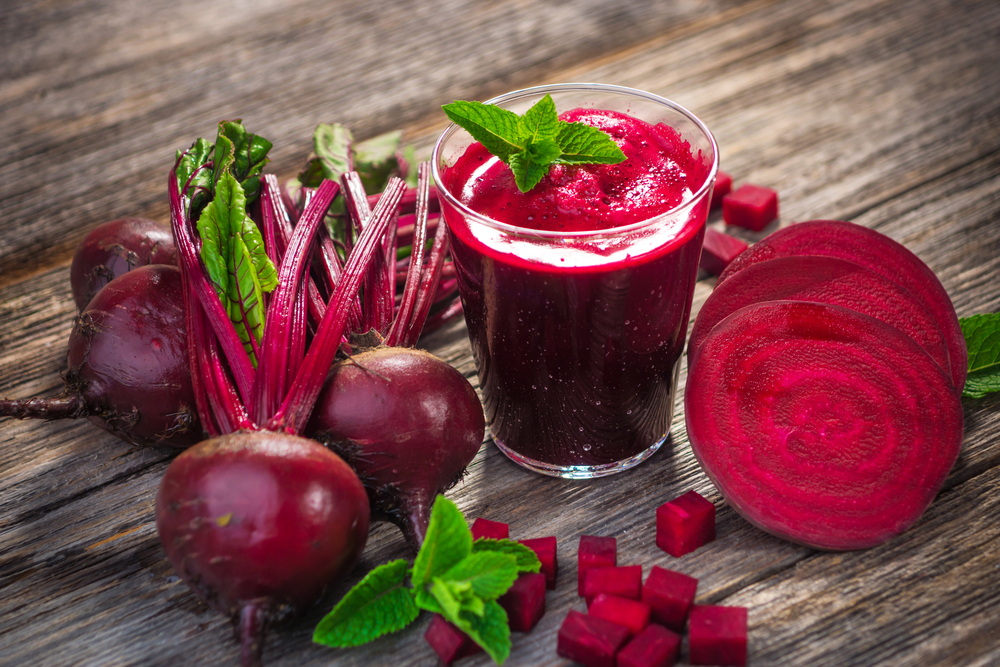Hypertension or high blood pressure (HBP)is one of the most common worldwide health issues, as it is estimated that around 20% of all adults worldwide suffer from high blood pressure. The increasing prevalence of this chronic disease creates a public health challenge. High blood pressure is growing among women, adolescents, and older adults. High blood pressure is also considered an important risk factor for coronary heart disease (CAD),congestive heart disorder, peripheral vascular disease, stroke, and end-stage renal disease.
Blood pressure is the pressure of flowing blood against the walls of blood vessels. It is recorded as two numbers: systolic, the top measurement, and diastolic, the bottom measurement. Systolic pressure is the pressure when the contraction of the heart pushes blood out. Diastolic pressure is when the heart is relaxed and fills with blood. Normal blood pressure ranges between 120 to 140 mg Hg systolic and systolic and between 80 to 90 mm/hg. You could have white coat hypertension, which occurs when high blood pressure readings at a doctor’s clinic are higher than in other settings, such as at home. The white coat is termed because those who measure blood pressure usually have a white coat.
Symptoms and causes of hypertension
Generally, people show no hypertension symptoms. However, a few people may have hypertension headaches. Consult your doctor if you develop any other high BP symptoms.
Causes of hypertension include:
-
- Tobacco use
- Obesity
- Family history of hypertension
- Excessive alcohol consumption
- Diet high in sodium
- Not being physically active
Types of hypertension
Here are common types of hypertension:
-
- Essential hypertension: Also termed as primary hypertension, this represents 90% of the cases. Primary hypertension is diagnosed in the absence of an identifiable cause. However, numerous risk factors increase the likelihood of its occurrence.
- Secondary hypertension:This type represents less than 10% of all cases. Secondary hypertension results from an underlying identifiable cause.
- Malignant or accelerated hypertension:Malignant hypertension is used by clinical experts to describe patients with increased high blood pressure.
Other types of hypertensions include:
-
- Pulmonary hypertension: It is a term that refers to high blood pressure in the lungs. While in regular hypertension, the arteries throughout the body are constricted, Pulmonary hypertension affects only the blood vessels in the lungs and the right side of your heart. Pulmonary hypertension symptoms include breathlessness, dizziness, chest pain, tiredness, a racing heartbeat, and swelling in ankles, legs, feet, or abdomen. Currently, this condition has no cure, but a treatment option is available to relieve and prevent associated complications. Several FDA-approved medications are utilized in pulmonary hypertension treatment.
- Orthostatic hypertension: Orthostatic hypertension is a sudden increase in blood pressure when a person stands up.
- Intracranial hypertension: Intracranial hypertension is a set of neurological disorders where cerebrospinal fluid within the skull is elevated. It could result from a severe head injury or stroke. Certain brain disorders such as brain tumours, encephalitis, and meningitis Intracranial hypertension can also develop as a complication of high blood pressure.
- Gestational hypertension: gestational hypertension develops only when you have high blood pressure during pregnancy, lack of protein in your urine, or have other kidney or heart problems.
While there is one more term called ocular hypertension that is often misunderstood, ocular hypertension occurs due to fluid drainage failure in the eye. Normally, an equal amount of eye fluid flows in front of your eye and then drains out. Your intraocular pressure increases if the fluid doesn’t drain as it should.
Another such term, portal hypertension, is a major complication of advanced liver disease (liver cirrhosis). Portal hypertension is an elevated blood pressure within the portal venous system.
Tips for achieving blood pressure goals.
-
- Eat healthy: Eat a balanced diet of vegetables, fruits, whole grains, legumes, plant-based proteins, beans, nuts, and lean animal proteins like fish and seafood.
- Limit the consumption of foods and drinks, red meat, processed meats, refined carbohydrates, salty foods, and highly processed foods.
- Exercise regularly: Regular physical activity helps to control blood pressure, weight, and stress levels.
- Manage body weight: If you are overweight and obese, even a slight weight loss can cause a significant reduction in blood pressure.
- Avoid nicotine: Every time you smoke or use tobacco, the nicotine can cause an increase in your blood pressure; however, the hypertensive effects are temporary.
- Get adequate sleep: Inadequate or poor-quality sleep is associated with high blood pressure.
Other important tips
People who do not respond adequately to natural solutions may want to ask their healthcare provider about medicines that help increase blood pressure levels.
An individual with low blood pressure may also want to consider:
-
- Not holding heavy objects
- Not standing in one place for a longer duration
- Avoid taking hot showers for a long time
- Raising the head of their bed
- Consuming more fluids during summer or when exercising
While heart disease hits the number one place on the list of diseases among Americans and worldwide, death rates have increased significantly. Appropriate hypertension treatment has played a key role in controlling blood pressure.



